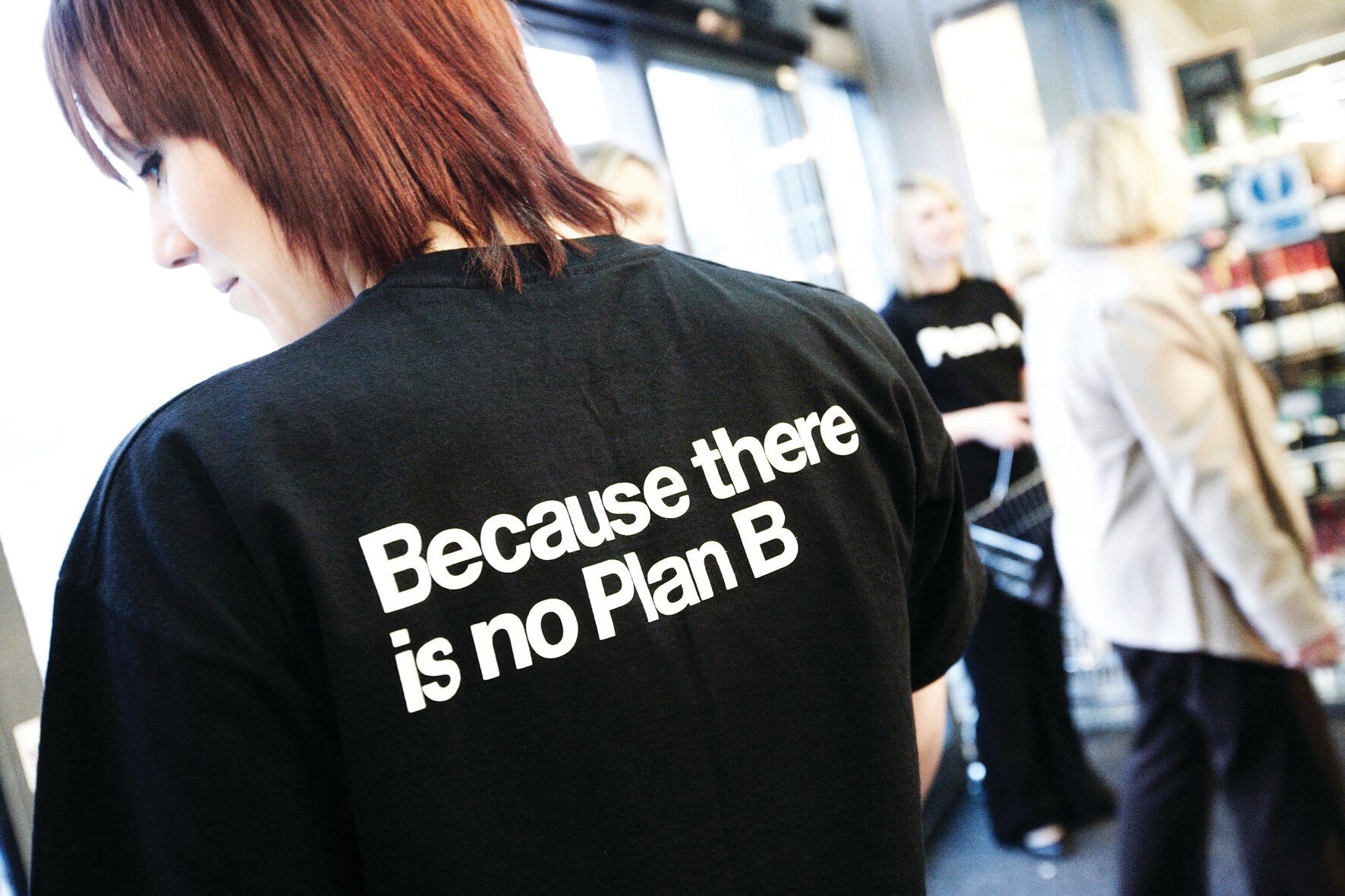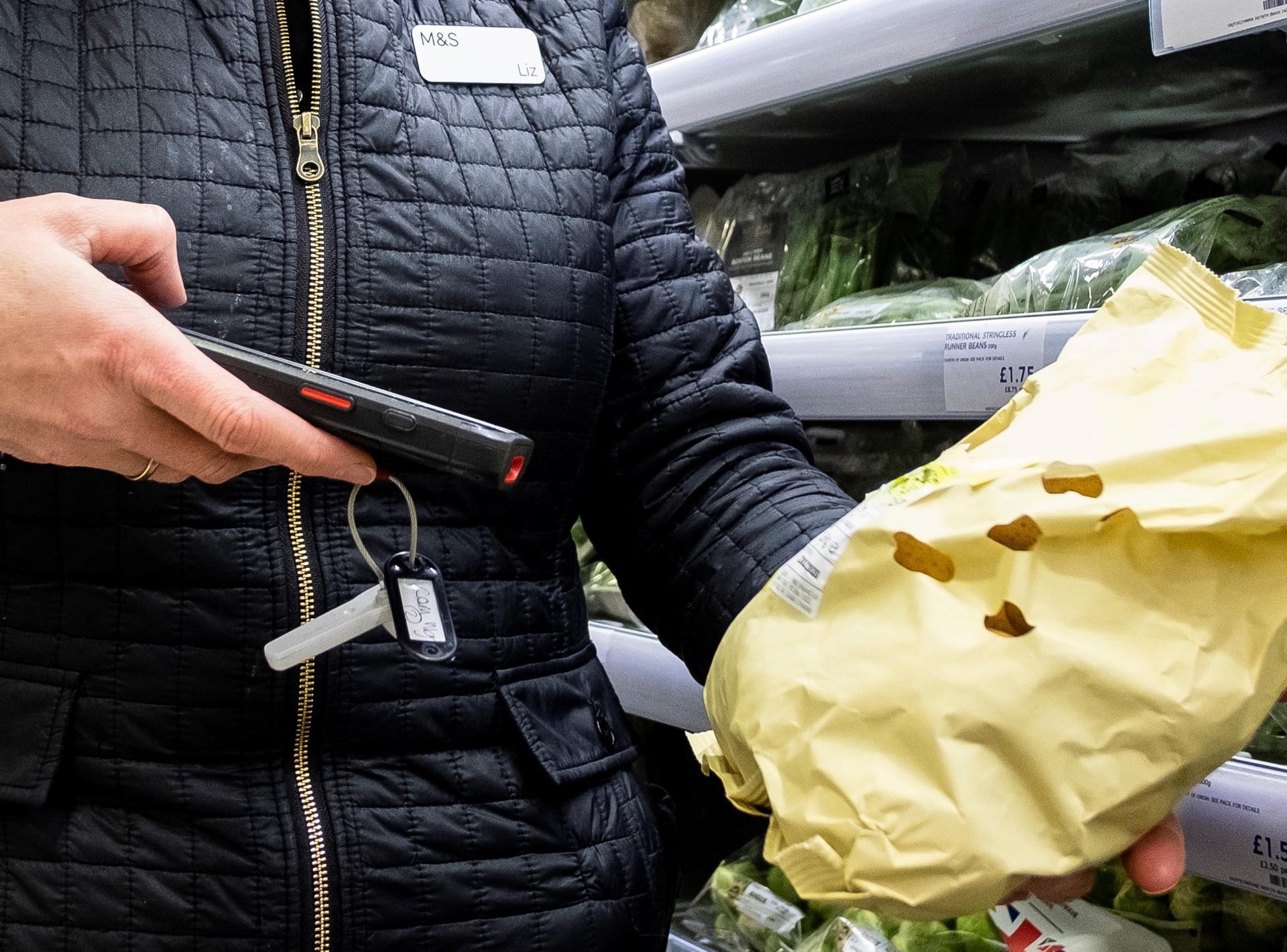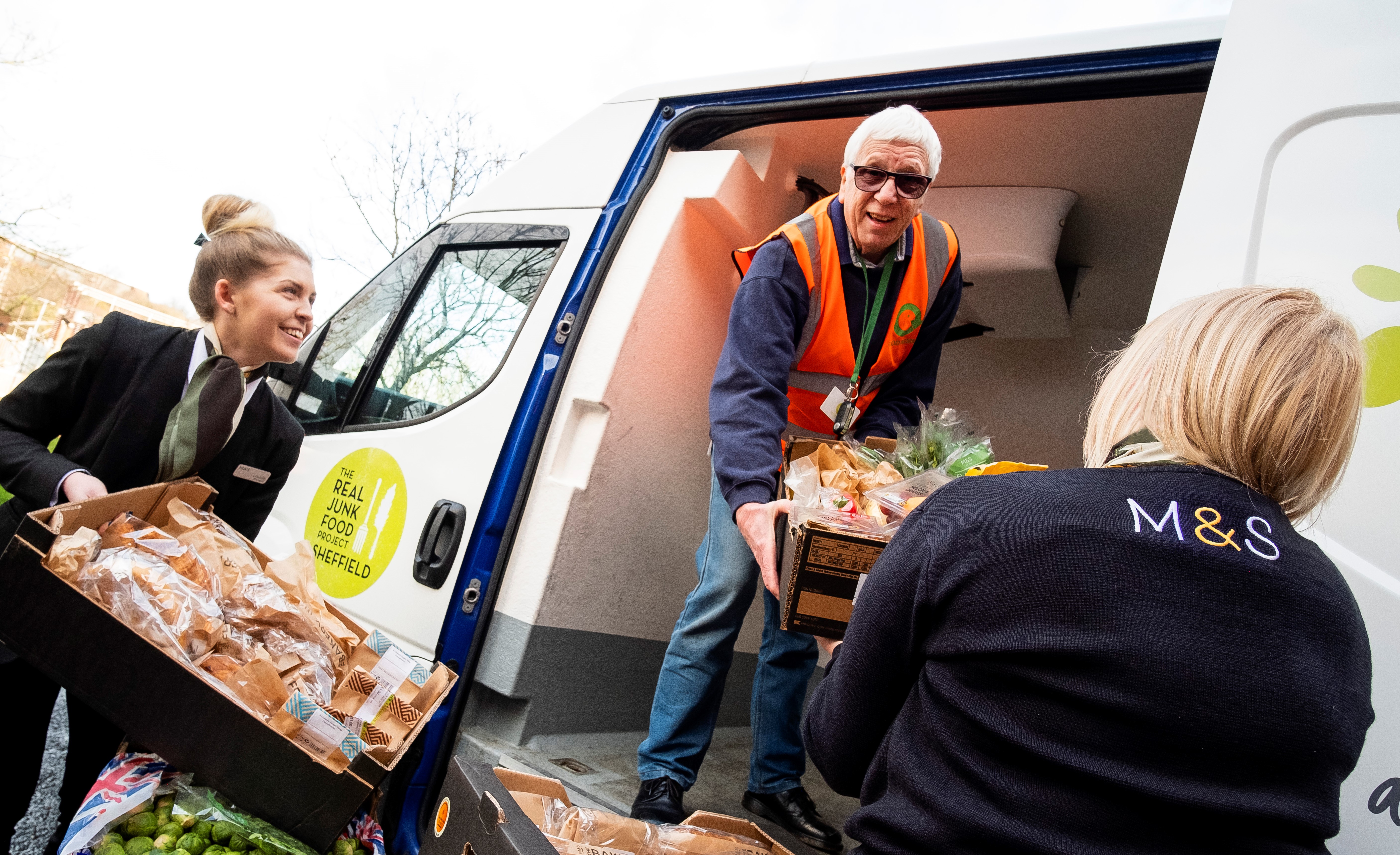Food waste has a huge impact on the planet and at M&S, we've taken some huge steps so far. But we know there is more work to be done. We pride ourselves on the quality and freshness of our food and believe it's just too good to be wasted. That's why, we're finding new ways to cut our waste and make sure all our surplus food ends up on a plate.
At M&S, none of our food waste goes in the bin and is all sent to create energy to power homes and businesses.
By 2030, our target is to halve food waste (against a 2017/18 baseline) and by 2025, to make sure 100% of edible surplus food finds its way to a dinner plate. It’s all part of our plan to be a zero-waste business.
How we'll get there
Working with suppliers - We’re working with our suppliers to help them cut food waste and make it easy for them to redistribute any surplus to community causes. It’s part of our work with Courtauld 2025 - a UK-wide programme by WRAP to make food production more sustainable.
Making our stores smarter - We're testing new ways to recover food that’s nearing its end-of-life, enabling customers to buy food on its last day of shelf life at a reduced price, and we’ve made great progress in improving our stock systems, so we order just the right amount to put on our shelves to avoid waste.
Innovation - We are constantly looking at new ways to reduce our food waste and giving surplus food a new purpose. An example is turning any unsold baguettes and boules from our in-store bakeries – which are baked fresh daily – into frozen garlic bread at the end of each day with an extended shelf life of 30 days.
Good uses for surplus food - Our priority is to ensure 100% of our edible surplus food ends up on a person's plate and we have a target the achieve this by 2025. All of our owned stores are connected with local community causes and we've donated the equivalent of 31.8m meals since 2015.
Helping customers cut waste - We're offering more single pack portions and are reviewing our best before date labels and food promotions, so customers don’t buy more than they need or throw away food that’s still edible.
No waste to landfill - Whilst our goal is to ensure we reduce our waste and any surplus finds its way to a dinner plate, if we do have leftover food that’s not safe to eat, we it is always sent to anaerobic digestion to be used to produce energy.

Using technology to help cut waste
At M&S, we’re always looking at how we can use technology to innovate our processes. One example is our food redistribution scheme, which previously relied on manual communication between our stores and local causes.
We recognised that if we were to reach our goal of ensuring 100% of our edible surplus ends up on a person’s plate, we needed to go faster and further.
That’s why we introduced a new app in early 2020 – which is fully integrated with our real-time sales data and product shelf-life – to make it even easier for our colleagues to donate any leftover food. We accelerated the roll-out of our app to all of our stores in response to the Covid-19 crisis, with many of them more than doubling their food redistribution rates. And this has enabled us to increase our food donations by 490% since 2017/18.

A lot more to come
We’ve made some good progress on cutting food waste but we can go much further. We’re working quickly to find new solutions and over the next year, we'll continue announcing bigger and bolder approaches to reducing food waste.



